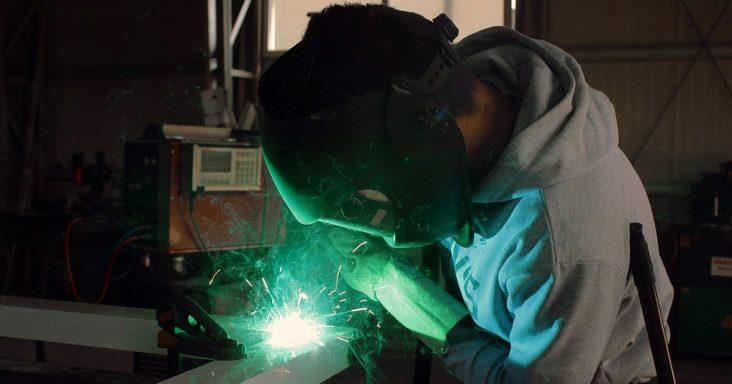Manufacturing sector growth moderated in July
by August 2, 2021 9:50 am 397 views

Economic activity in the manufacturing sector increased at a slower pace in July compared to June as labor and transportation issues impact sector growth, according to the Institute for Supply Management (ISM). Meanwhile, the overall economy grew for the 14th consecutive month.
The July Manufacturing ISM Report on Business released Monday (Aug. 2) shows the purchasing managers’ index (PMI) fell 1.1 percentage points to 59.5% in July, from June. A reading above 50% indicates the manufacturing economy is expanding.
The new orders index fell 1.1 percentage points to 64.9%, the production index fell 6.4 percentage points to 85.7%, the backlog of orders index rose 0.5 percentage points to 65%, the employment index increased 3 percentage points to 52.9%, the supplier deliveries index fell 2.6 percentage points to 72.5%, the inventories index declined 2.2 percentage points to 48.9%, the new export orders index declined by 0.5 percentage points to 55.7%, and the imports index fell 7.3 percentage points to 53.7%.
Timothy Fiore, chair of the ISM Manufacturing Business Survey Committee, said “Business Survey Committee panelists reported that their companies and suppliers continue to struggle to meet increasing demand levels. As we enter the third quarter, all segments of the manufacturing economy are impacted by near record-long raw-material lead times, continued shortages of critical basic materials, rising commodities prices and difficulties in transporting products. Worker absenteeism, short-term shutdowns due to parts shortages and difficulties in filling open positions continue to be issues limiting manufacturing growth potential. Optimistic panel sentiment remained strong, with 13 positive comments for every cautious comment.
“The employment index returned to expansion after one month of contraction,” Fiore added. “Panelists continued to note significant difficulties in attracting and retaining labor at their companies’ and suppliers’ facilities, although there were signs of improvement. Inputs – expressed as supplier deliveries, inventories and imports – continued to support input-driven constraints to production expansion, at slower rates compared to June as the suppliers deliveries index softened while the inventories index contracted, likely due to long lead times. The prices index expanded for the 14th consecutive month, indicating continued supplier pricing power and scarcity of supply chain goods.”
The six biggest manufacturing industries reported moderate to strong growth in July, including computer and electronic products; fabricated metal products; chemical products; food, beverage and tobacco products; transportation equipment; and petroleum and coal products.
“Manufacturing performed well for the 14th straight month, with demand, consumption and inputs registering growth compared to June,” Fiore said. “Panelists’ companies and their supply chains continue to struggle to respond to strong demand due to difficulties in hiring and retaining direct labor. Comments indicate slight improvements in labor and supplier deliveries offset by continue problems in the transportation sector. High backlog levels, too low customers’ inventories and near-record raw-materials lead times continue to be reported. Labor challenges across the entire value chain and transportation inefficiencies are the major obstacles to increasing growth.”
A respondent in the computer and electronic products industry said “business levels continue to exhibit strong demand, with no signs of backing down. Purchases have long lead times due to shortages of raw materials and labor force, as well as logistics challenges. Increased costs are being passed to customers.”
In the chemical products industry, a respondent said “supply chains are slowly, very slowly filling up. Like a water hose, starting upstream and slowly flowing downstream. Rumor is a full return to ‘normal’ may be nearer to year’s end, but the situation is progressing. Transportation (equipment and drivers) is the current pinch point, more so than material shortages.”
A respondent in the transportation equipment industry said “strong sales continue, and inventories are low as the chip shortage is keeping production numbers down — we have idled several of our assembly plants to reduce the strain on the chip supply base.”
In the food, beverage and tobacco products industry, a respondent said “still dealing with price increases from force majeure issues as well as overseas shipping premiums and higher costs of times like fuel. Customer demand still high; pushing plant to max production rates.”
Respondents in other manufacturing industries also noted labor and transportation issues amid strong demand. A respondent in the nonmetallic mineral products industry doesn’t anticipate the issues to end until “well into 2022.”
